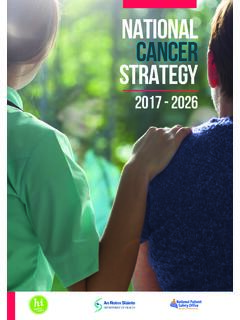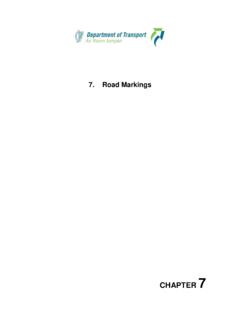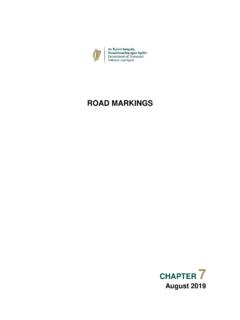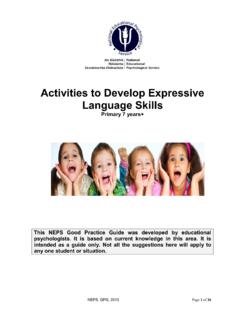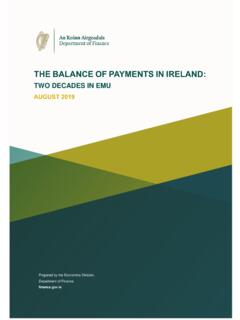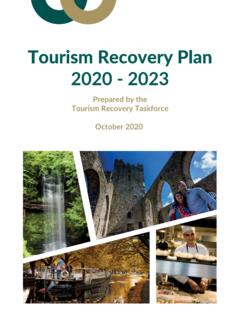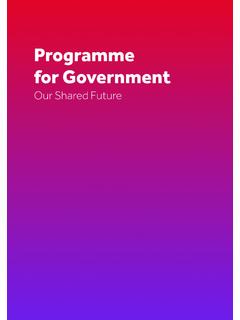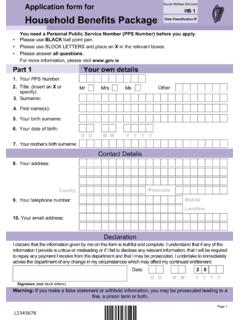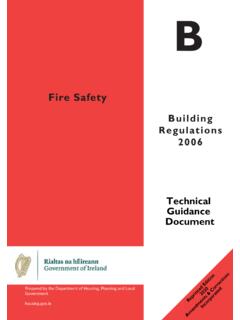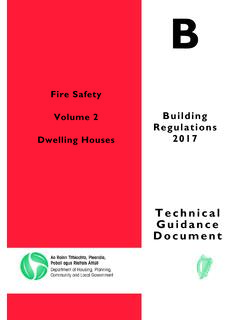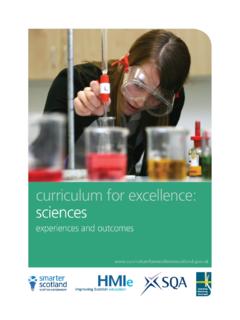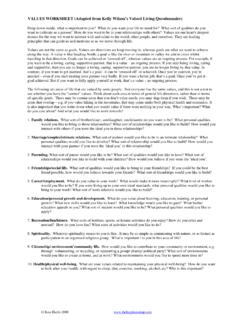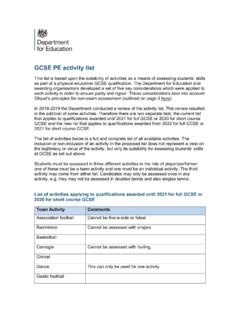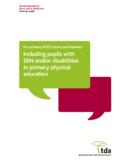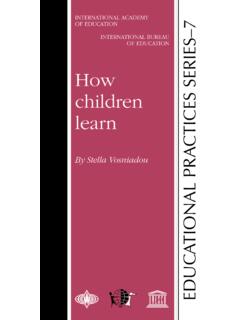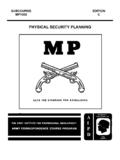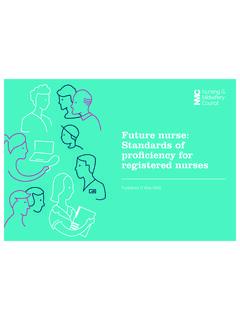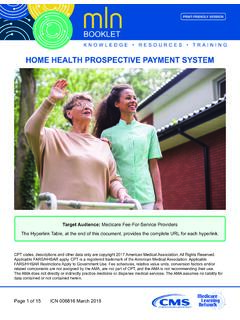Transcription of DIversIty, EqualIty AND InclusIon Charter and GuIdelInes ...
1 diversity , EqualIty AND InclusIon Charter and GuIdelInes for Early ChIldhood Care AND EducatIonDEPARTMENT OF CHILDREN AND YOUTH AFFAIRS 2016 Copyright Minister for Children and Youth Affairs, 2016 Department of Children and Youth Affairs43 49 Mespil RoadDublin 4D04 YP52 Tel: +353 (0)1 647 3000E-mail: 0r by Government PublicationsThe views expressed in this report are those of the authors and not necessarily those of the Department of Children and Youth rights reserved. No part of this publication may be reproduced, stored in a retrieval system, or transmitted, in any form or by any means, electronic, mechanical, photocopying, recording or otherwise, without the prior permission in writing of the copyright rights of translation or reproduction, applications should be made to the Head of Communications, Department of Children and Youth Affairs, 43 49 Mespil Road, Dublin 4, D04 YP52, Ireland.
2 diversity , EqualIty AND InclusIon Charter and GuIdelInes for Early ChIldhood Care AND EducatIonCONTENTSF oreword ivAcknowledgements vDefinitions viThe Equal Status Acts 2000 2012 viiAn Overview of The diversity , EqualIty and InclusIon Charter and GuIdelInes for Early Childhood Care and Education 01 PART A: EARLY CHILDHOOD CARE AND EDUCATION NATIONAL InclusIon Charter 03 Introduction 04 Principles of an Inclusive Culture in the Early Childhood Service 04 Charter Statement 04 PART B.
3 diversity , EqualIty AND InclusIon GuIdelInes FOR EARLY CHILDHOOD CARE AND EDUCATION 07 Introduction 08 Section 1: Understanding diversity , EqualIty and InclusIon 13 Terminology and Concepts 14 What Do We Mean by Multiple Identities? 14 Funds of Knowledge 15 Values and Attitudes 15 Being a Critically Reflective Early Childhood Practitioner 17 Networking on diversity , EqualIty and InclusIon 20 Section 2: diversity , EqualIty and InclusIon Developing an Anti-bias Approach 23 What is a diversity , EqualIty and InclusIon Approach?
4 24 Anti-bias Approach and Anti-bias Goals 24 Pointers for Implementing an Anti-bias Approach 32 Ideas for Supporting Meaningful Participation in the Early Childhood Service 33 Section 3: diversity , EqualIty and InclusIon Physical Environment 35 Why Do We Need to Consider the Physical Environment? 36 Proofing the Physical Environment 38 What is an Inclusive Physical Environment? 38 Section 4: diversity , EqualIty and InclusIon Supporting Families 43 Welcoming and Working in Partnership with Families 44 Settling in to the Early Childhood Service 46 Children with Disabilities 49 Diverse Cultural Backgrounds and Heritage 51 Second Language Acquisition 54 Gender 57 Lesbian, Gay.
5 Bisexual and Transgender 59 Religious and Non-religious Beliefs 61 Traveller and Roma Communities 64 Section 5: Developing and Implementing an InclusIon Policy 67 Management and Leadership in the Early Childhood Service 68 Why an InclusIon Policy? 70 Early Childhood Care and Education National InclusIon Policy Template 72 Equal Opportunities Recruitment 77 Useful Terminology 81 Bibliography 85ivFOREWORDThe immense value of high-quality early years care and education is well documented.
6 The international evidence shows a wide range of benefits for children, families and society at large. However, we cannot drive quality without acknowledging InclusIon . InclusIon and quality go hand in hand. An inclusive environment, where EqualIty is upheld and diversity respected, is fundamental to supporting children to build positive identities, develop a sense of belonging and realise their full potential. This is why I am so pleased to publish a new InclusIon Charter for the Early Years sector, alongside updated diversity , EqualIty and InclusIon GuIdelInes .
7 The Charter invites all of us, at every level of the early childhood care and education system from national policy-makers to frontline practitioners to embrace, promote and embed principles of InclusIon in our policies and everyday practice. Doing this involves an ongoing commitment, a continuous process of critically reflective practice with the aim of ensuring that all children and their families feel welcomed, valued and respected. The updated GuIdelInes provide the map for this journey, helping and directing us in our shared mission to create rich, inclusive environments which will stimulate and nurture our very youngest Charter and GuIdelInes are also a core element of the new Access and InclusIon Model (AIM) for children with disabilities.
8 This model is focused on empowering service providers to deliver an inclusive pre-school experience, ensuring that every child can fully participate in the ECCE programme and reap the benefits of quality early years care and education. AIM involves seven levels of progressive support, moving from the universal to the targeted, based on the needs of the child and the service provider. As a central plank of Level 1 of the model (Building an Inclusive Culture), the Charter and GuIdelInes represent the foundation on which all other levels of the model are would like to thank and commend all those involved in the production of the Charter and the GuIdelInes , particularly the working group chaired by Irene Cafferky, Childcare Committees Ireland, and the cross-sectoral project team and implementation group who oversaw the , I find it appropriate that this Charter and GuIdelInes are being published in Ireland s centenary year.
9 It is a year where children from all over Ireland, from diverse backgrounds and cultures, have been invited to reflect on our country s past and to reimagine our future. The early years sector has a particularly privileged and powerful role to play in reimagining and reshaping Ireland s future. By ensuring that each child, from their earliest years, is cherished equally, that diversity is celebrated and a sense of belonging nurtured, the early years sector can contribute to building a more inclusive, tolerant and enriched society for the benefit of all, both old and Katherine Zappone.
10 TDJune 2016vACKNOWLEDGEMENTS These GuIdelInes were first produced in 2006 by the Office of the Minister for Children and were reviewed and updated in 2016 by the Department of Children and Youth original GuIdelInes were prepared by Colette Murray, Miranda Cooke and Annie O Doherty, with assistance from Marian Hanrahan, on behalf of an Advisory Subgroup for Children with Special Requirements, Minority Ethnic Children and Traveller Children. This subgroup was established under the auspices of the National Childcare Coordinating 2016, the EqualIty and diversity GuIdelInes were revised as part of the introduction of a new Access and InclusIon Model.
